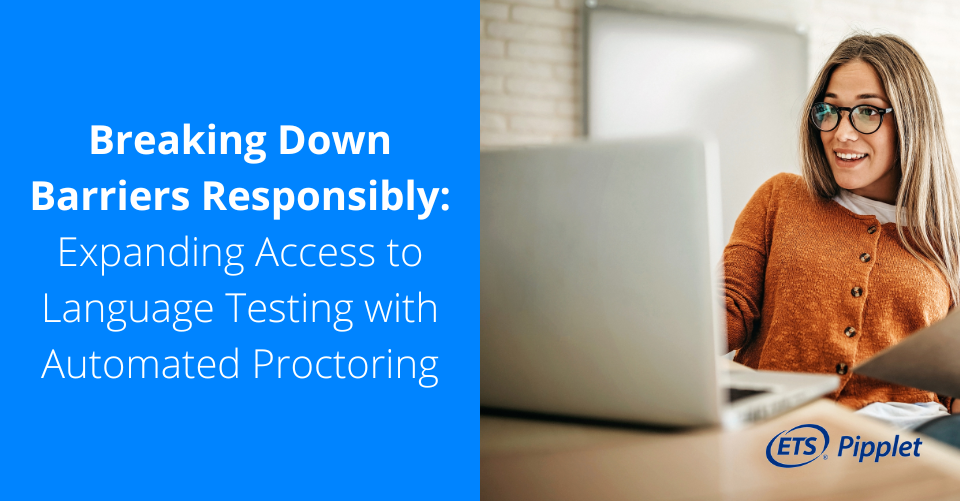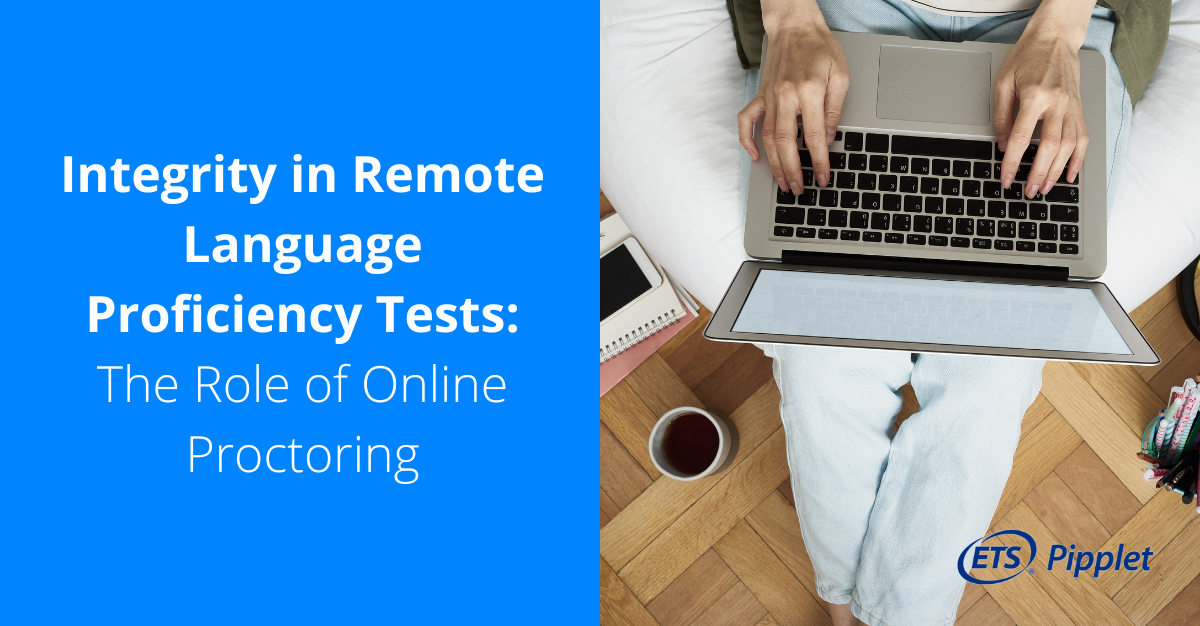Going further: From culture fit to culture add
What defines a workplace culture? Is it the atmosphere? The efforts and input of the team? A shared philosophy and attitude?
Or perhaps, all of the above!
What we do know is that workplace culture, and finding employees who fit into this culture, is vital to a company’s overall success. In fact,
one study has shown that 97% of professionals agree that cultural fit between professionals and employers is important and 90% of employees research a company’s culture before applying.
In this article we will explore what we mean by culture fit and how to successfully achieve it.
Why Do We Hire For Culture?
Within recruitment, the concept of ‘culture fit’ has been an area of debate for some time. In essence, it is the process of hiring with mindfulness towards how the candidate influences the current team and company culture. Their values, beliefs, behaviors and experience are identified and measured in the context of the company they’re applying to work for. You may have witnessed first hand how the toxic traits of one employee can unravel an otherwise high performing, happy team. This is why
pre-employment tests that accurately measure culture fit are so important.
The idea of ‘culture fit’ goes back as far as the 1980s. Researcher Lauren Rivera wrote in her New York Times article, "Guess Who Doesn’t Fit In at Work” that the original hypothesis was that considering a candidate’s personality fit would increase the likelihood of them feeling attached to their job, make them work harder and stay with the company longer.
A 1989 paper by Professor Jennifer Chatman of the University of Berkeley published a paper aiming to create a model of person-organization fit that matched the candidate’s values with organizational value profiles. In this paper, Chatman asks a series of important questions about culture, including:
- How enduring are individual characteristics?
- How strong must organizational values be in order to influence different types of people?
- How likely is it that individual characteristics will shine through despite strong values?
Adding to this research, the Society for Industrial and Organizational Psychology (SIOP) also released
a collection of studies in 2007 on fit in the workplace.
In more recent years, the diversity and equality component of culture fit has come under scrutiny, meaning further adjustments to identifying culture have been made. As the broad research on cultural fit has evolved, and as many differing models of culture fit have been offered, organizations have started drawing their own interpretations and methods of hiring.
But do they always work?
The Problems With Hiring For Culture Fit
An obvious problem with hiring for culture fit is the temptation to hire ‘someone like me’.
This dangerous unconscious bias can fuel workplace prejudice and discrimination, even putting some companies in legal hot water.
For this reason, the phrase ‘culture fit’ has been adjusted by some organizations to ‘culture add’. This means addressing unconscious bias and asking inclusive questions that genuinely determine a person’s cultural alignment with the company, and assess how their culture can add more value to the team.
An example of this in action has been demonstrated by Facebook. Facebook determines culture fit by seeing how well a candidate aligns with their five core values. They also developed a “managing unconscious bias” training program, which almost 100% of senior leadership have voluntarily completed. Consequently, Facebook’s 2020 diversity report shows a steady increase in recruiting black and ethnic minorities and women.
When hiring for culture fit without any standardized testing, there’s a risk that you might (unconsciously) keep hiring the same candidate over and over again. Traditionally, some recruiters would use the ‘beer test’ when choosing between two equally qualified candidates - “which one of the two would I rather have a beer with?”. But this is a mistake because that can lead to a stale team full of the same personality types. And at the end of the day, not only this lack of diversity is discriminatory to minorities, but can actually devalue the team as a whole. This is because
research has shown that
diverse teams are literally smarter, and that candidates with the highest IQs will seek out companies with diverse teams! Therefore, relying on your hiring manager to assess culture fit based on instinct could lead to stagnation and poorer performance.
So, how do you know which questions to ask and how to properly assess a candidate for culture fit? And how do you avoid some of the common pitfalls recruiters can fall into when trying to find candidates that align with the business values?
This is where pre-employment testing comes in.
Pre Employment Testing for Culture Add
Rather than making vague guesses as to who might align with a team or company’s values, pre-employment testing can give you valuable, objective and accurate data that helps you make important recruitment decisions.
Pre-employment testing is the process of asking specific, customized questions to candidates in the hiring process. From their answers, you can make informed recruitment choices, free from unconscious bias and discrimination. Not only that, you can play a role in actively increasing your company’s profitability and reputation - all from implementing the right recruitment tools.
Conclusion
As we discussed, when needing accurate and meaningful data on a candidate’s culture fit, pre-employment testing can definitely help. In 2022, using assessment tools during the hiring process is a real game-changer when you want to make objective, unbiased and safe hiring decisions.
On the field of
language skills, did you know that hardly one third of applicants who pretend to be “fluent” in a foreign language are in fact REALLY fluent?
Relying on a 100% human supervision,
Pipplet
assesses your candidates’ language abilities in less than 24 hours. Each candidate is thoroughly assessed online, through real-life interactive scenarios. Today, recruiters from more than 1,500 global companies have already chosen Pipplet: Tiktok, Shopify, Accenture, OECD, Zalando… Pipplet is available in more than 30 languages.
Interested in learning more?
Get in touch with us today with any questions or sign up now using this simple form.
Related stories
Pipplet info
10 rue de Penthièvre, 75008 Paris
RCS Paris 813 493 673 00012
Pipplet 2022.
Tous droits réservés
Copyright © 2023 par Pipplet. Tous droits réservés. Toute utilisation ou reproduction non autorisée est strictement interdite. Pipplet est une marque déposée de Pipplet. ETS et le logo ETS sont des marques déposées d'ETS, utilisées sous licence en France par Pipplet.









